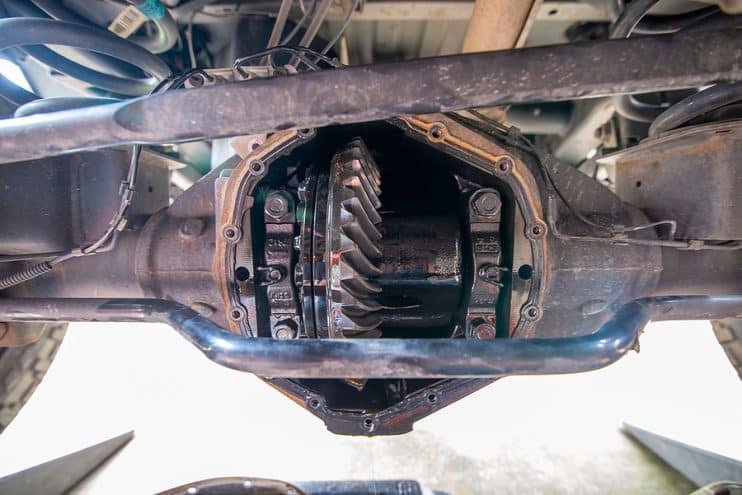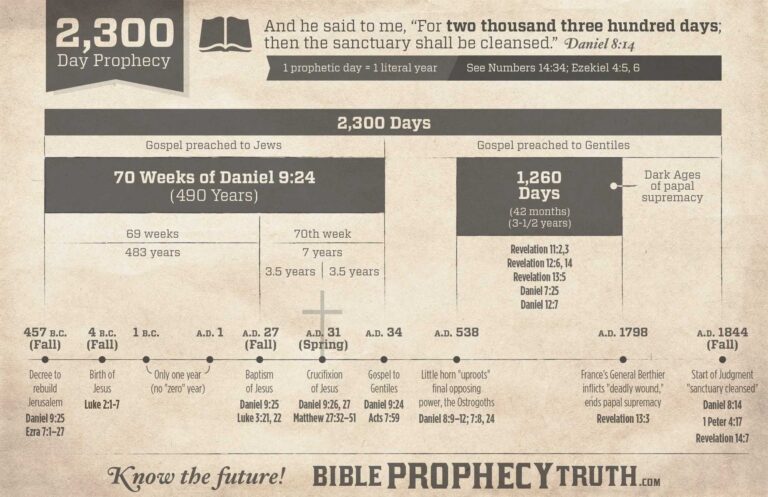Wondering how to tell if rear differential is bad? Listen for strange noises when turning or driving straight; a whining or clunking sound may signal trouble. Check for leaks or unusual vibrations, indicating potential issues. Observing uneven tire wear could also point to rear differential problems. Don’t ignore these signs – addressing them early can prevent costly repairs down the road. Learning to recognize these indicators can save you time, money, and ensure your vehicle’s safety on the road.
How to Tell if Rear Differential is Bad
Welcome, young auto enthusiasts! Today, we are going to dive into the world of rear differentials and explore how to know if something is amiss. The rear differential in your vehicle is a crucial component that helps your wheels rotate smoothly and maintain traction. If you suspect that your rear differential might be going bad, it’s important to address the issue promptly to avoid any further damage. Let’s take a closer look at some warning signs that indicate a potential problem with your rear differential.
What is a Rear Differential?
Before we delve into the signs of a bad rear differential, let’s first understand what it does. The rear differential is a component in your vehicle that allows the wheels to rotate at different speeds while maintaining traction. It transfers power from the engine to the wheels, enabling your vehicle to move smoothly around corners and over uneven terrain. Essentially, the rear differential helps prevent your tires from slipping and provides stability when driving.
Signs of a Bad Rear Differential
Now, let’s get into the nitty-gritty and explore some common signs that indicate your rear differential might be in trouble. Keep an eye out for these clues:
1. Unusual Noises
One of the first signs that your rear differential may be failing is strange noises coming from the rear of your vehicle. Listen for any whirring, whining, or clunking sounds when you are driving, especially when making turns. These noises can indicate issues with the gears or bearings inside the rear differential.
2. Vibrations
If you feel vibrations coming from the rear of your vehicle, it could be a sign of trouble with the rear differential. These vibrations may occur when accelerating or decelerating and could indicate worn-out or damaged components within the differential.
3. Fluid Leaks
Check for any fluid leaks underneath your vehicle, particularly around the rear axle area. The rear differential is filled with a special fluid that helps lubricate its internal parts. If you notice any leaks, it could be a sign of a seal or gasket problem within the rear differential.
4. Difficulty Turning
If you are having trouble turning your vehicle, especially at low speeds, it could be due to a faulty rear differential. A failing differential can cause your wheels to resist turning smoothly, making steering more difficult and less responsive.
5. Uneven Tire Wear
Inspect your tires regularly for signs of uneven wear. If you notice that the tread on your tires is wearing down unevenly, it could be a clue that your rear differential is not functioning properly. A faulty differential can put extra strain on your tires, causing them to wear out unevenly.
What to Do if You Suspect a Bad Rear Differential
If you experience any of the warning signs mentioned above or suspect that your rear differential may be failing, it’s essential to take action promptly. Ignoring a potential issue with your rear differential can result in more significant and costly repairs down the line. Here’s what you should do:
1. Consult a Mechanic
Take your vehicle to a trusted mechanic or dealership to have them inspect the rear differential. A professional mechanic will be able to diagnose the problem accurately and recommend the necessary repairs.
2. Address the Issue Promptly
Once the problem with your rear differential has been identified, make sure to address it promptly. Delaying repairs can lead to further damage to your vehicle and potentially put your safety at risk.
3. Follow Maintenance Recommendations
To prevent future issues with your rear differential, make sure to follow the manufacturer’s maintenance recommendations. Regularly checking and changing the differential fluid can help prolong the life of your rear differential and prevent costly repairs.
In conclusion, keeping an eye out for the warning signs of a bad rear differential is essential for maintaining the health of your vehicle. By paying attention to unusual noises, vibrations, fluid leaks, difficulty turning, and uneven tire wear, you can catch potential issues early and avoid more significant problems down the road. Remember, when it comes to your vehicle’s rear differential, proactive maintenance is key to keeping your ride smooth and safe!
Stay tuned for more exciting automotive tips and tricks. Until next time, happy driving!
SYMPTOMS OF A BAD REAR DIFFERENTIAL (NOISE LEAKS ETC…)
Frequently Asked Questions
How can I determine if my rear differential is faulty?
To identify potential issues with your rear differential, pay attention to any unusual noises coming from the rear of your vehicle, such as whining, rumbling, or clunking sounds. Additionally, if you notice vibrations or shuddering sensations while driving, it could indicate a problem with the differential.
What are the common signs of a bad rear differential?
Common indicators of a failing rear differential include leaking fluid, uneven tire wear, difficulty turning, and a noticeable decrease in fuel efficiency. If you experience any of these symptoms, it’s advisable to have your differential inspected by a professional mechanic.
Is it safe to drive with a bad rear differential?
Driving with a faulty rear differential can be dangerous as it may lead to loss of control, especially during turns or when driving at higher speeds. It is recommended to address any potential issues with the rear differential promptly to ensure the safety and performance of your vehicle.
Final Thoughts
If you notice unusual noises like whining or humming coming from your rear differential, it may be a sign of a problem. Vibrations or shuddering sensations while driving could also indicate a bad rear differential. Pay attention to any leaking fluid underneath your vehicle as it could be a sign of a leak in the differential. In conclusion, being aware of these signs and promptly addressing any issues can help you determine if your rear differential is bad.






+ There are no comments
Add yours